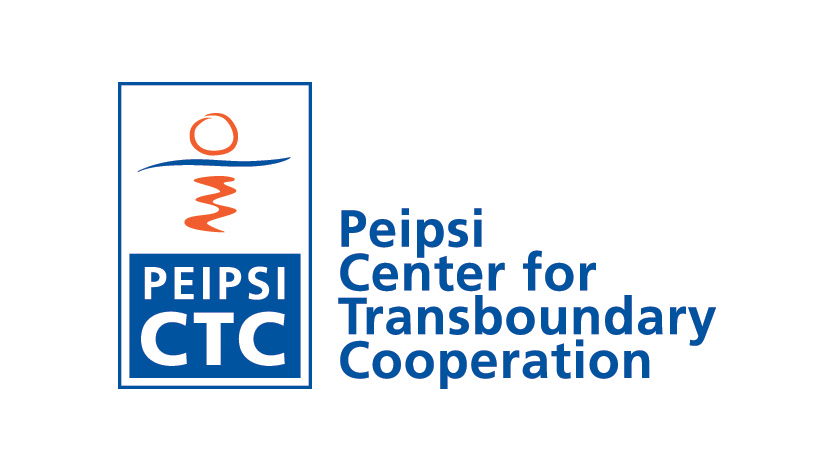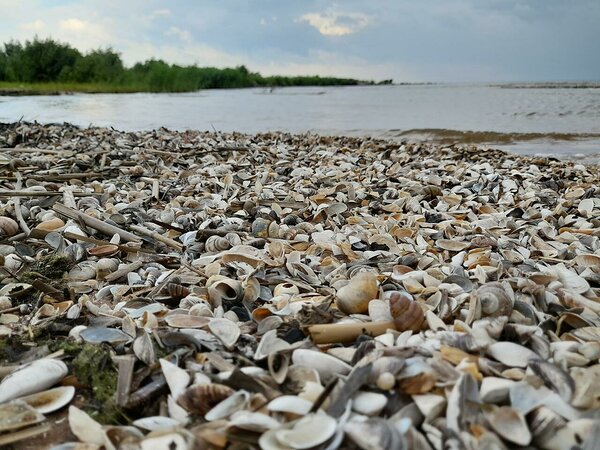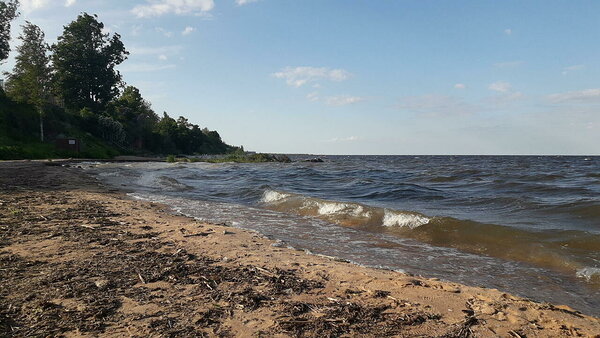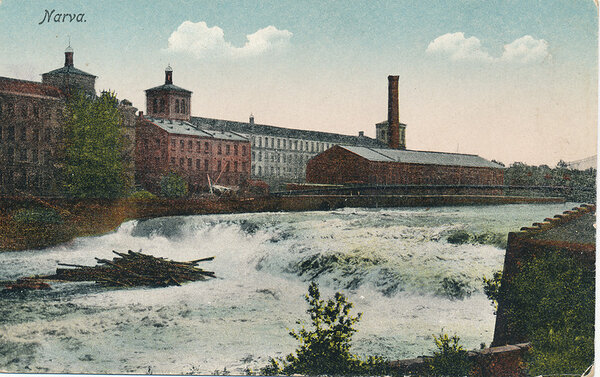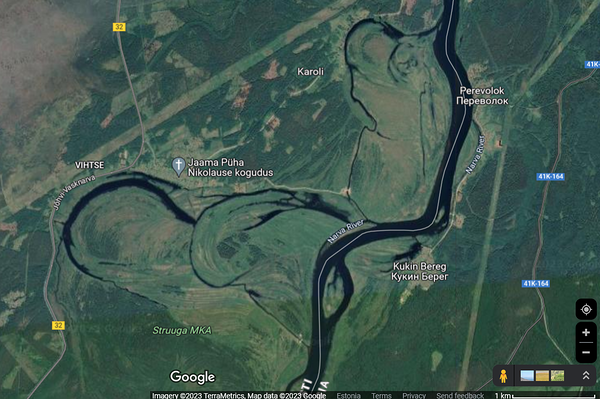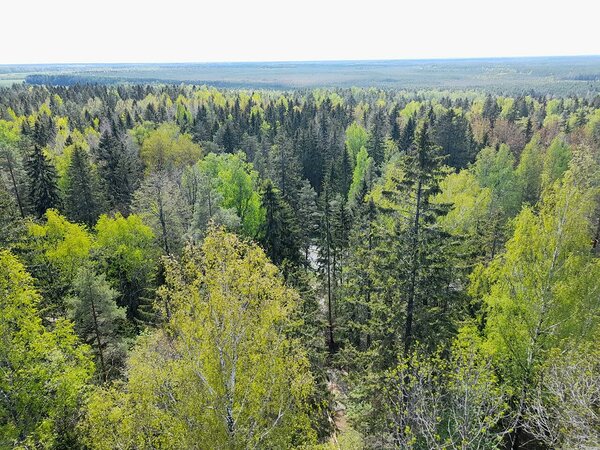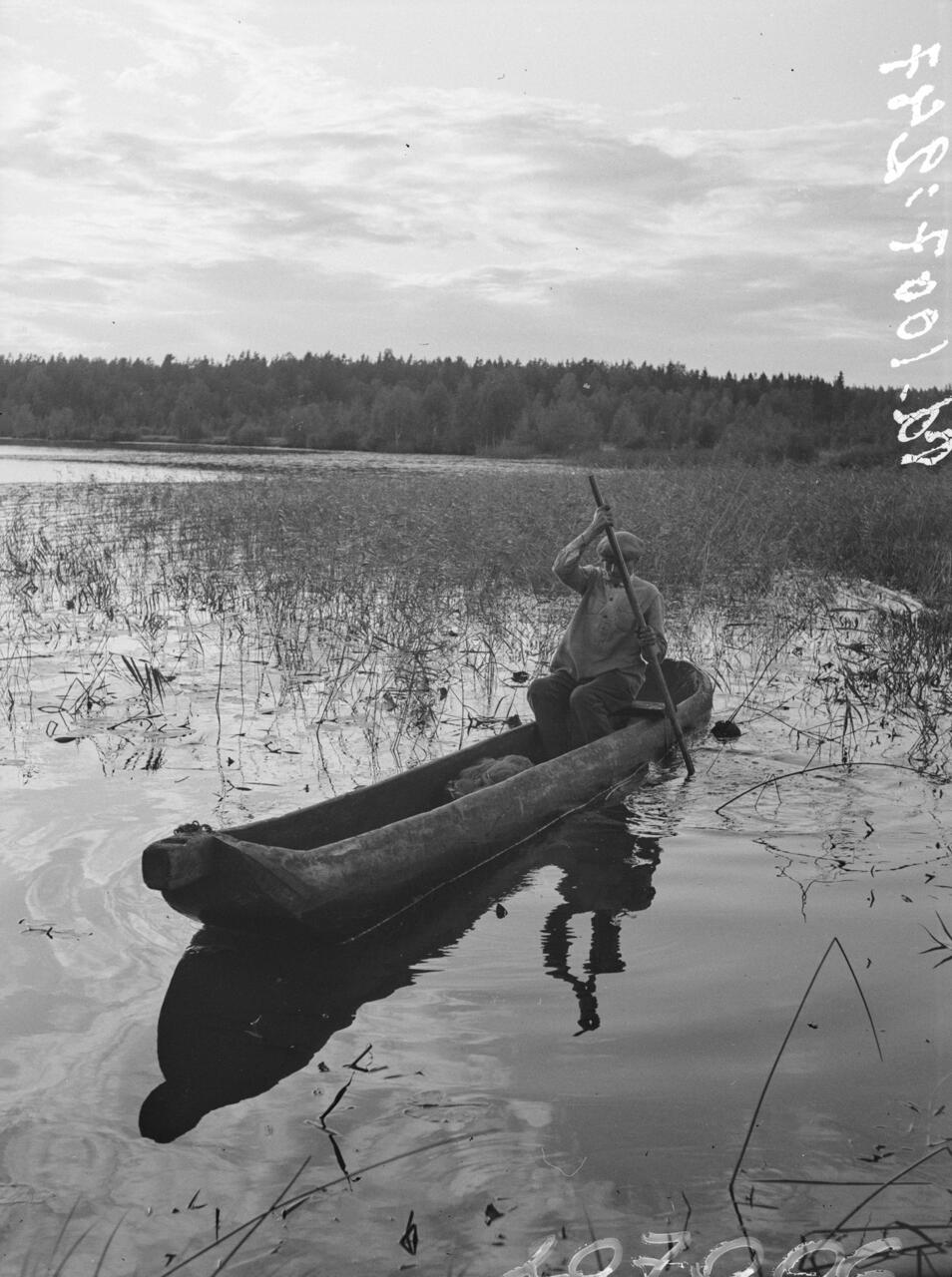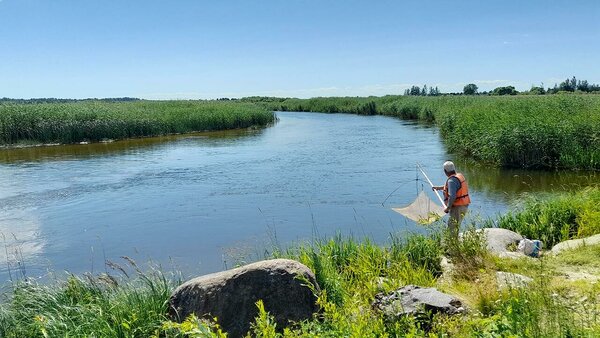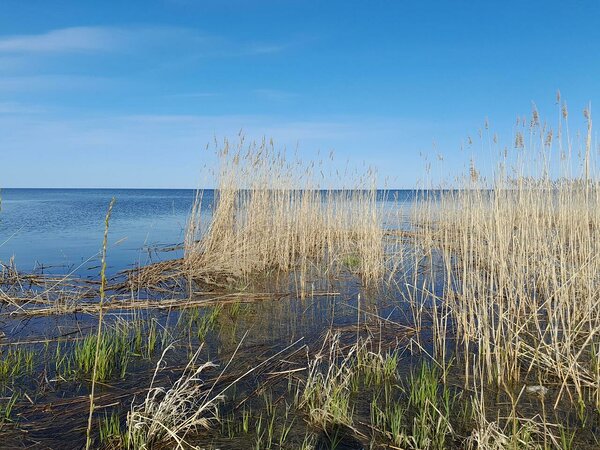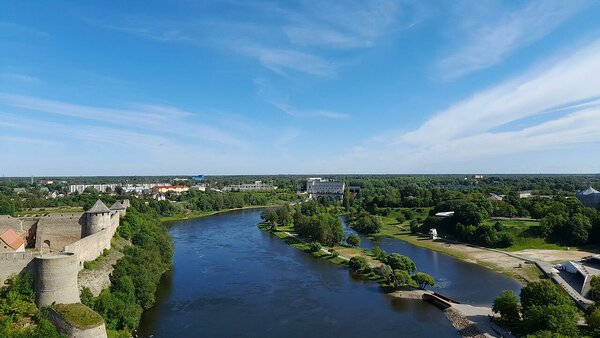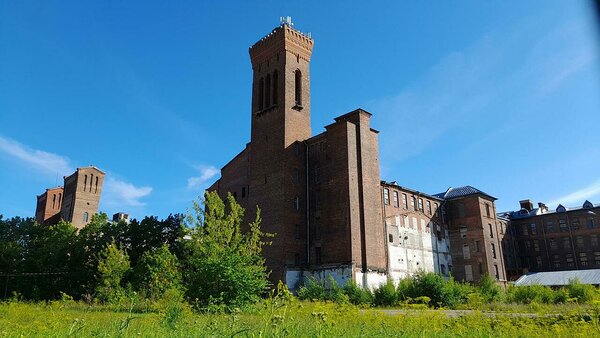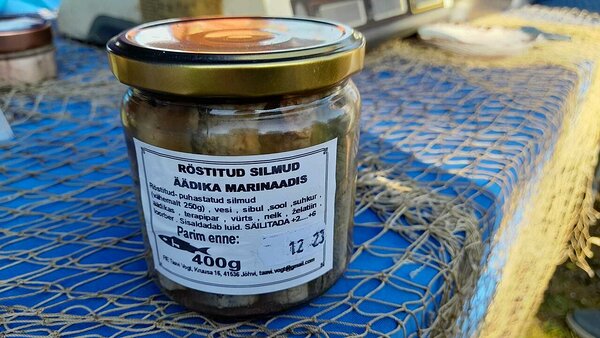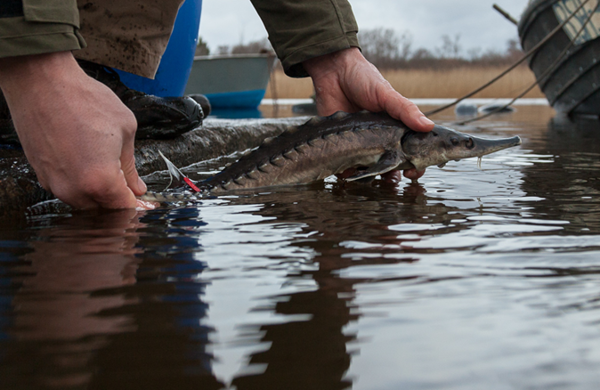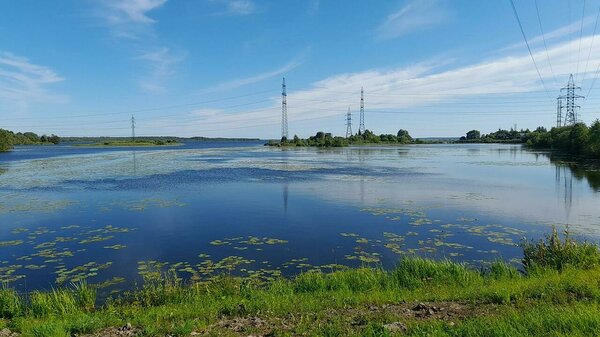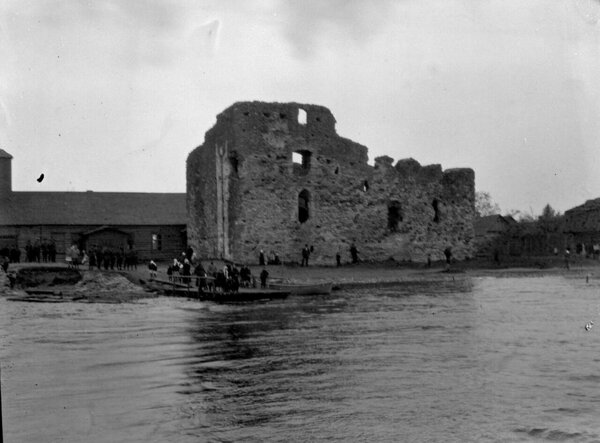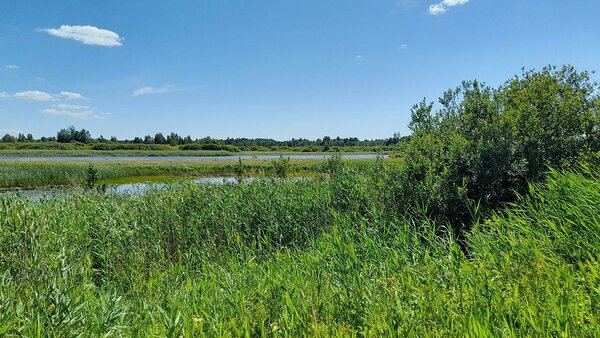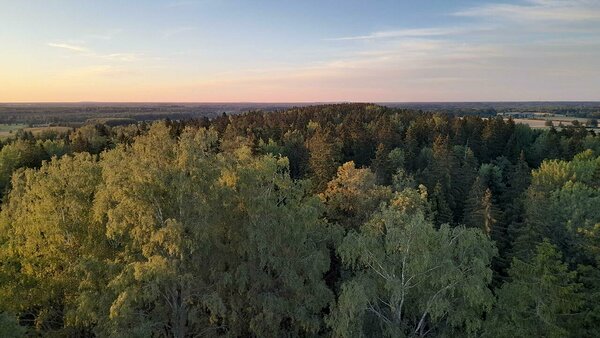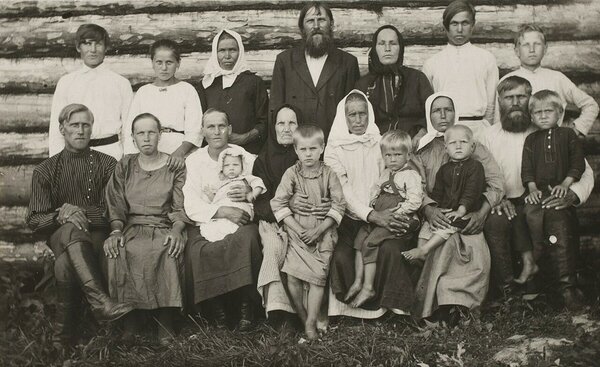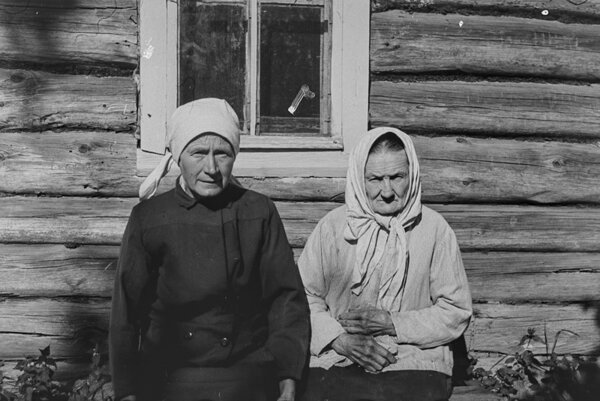Quiz "
Narva river and habitats"
If you want to improve your knowledge of the beaches of Lake Peipsi, choose STUDY QUIZ from the menu: it contains 12 questions and 12 short text explaining the biodiversity of Lake Peipsi area. The study quiz can be answered again if the answer is incorrect. If you answer correctly on your first attempt, you earn 2 points, and if you answer correctly on your second attempt you earn 1 point.
If you want to put your knowledge to the test against a friend, choose QUIZ COMPETITION from the menu: here you have to answer 12 questions in 10 minutes. You can answer each question only once. If you finish faster than that and all the answers are correct, the remaining seconds will be added as a bonus. If you run out of time, you will get points for the correct answers submitted within the 100 seconds given for answering the questions.
In the
texts, Lake Peipsi is understood as the whole Lake, which
consists of three parts Grate lake Peipsi in a narrower sense, Warm Lake (Lämmijärv), and
Lake Pskov.
The northern lapwing will cheer for a correct answer
The great reed warbler will crackle if the answer is incorrect.
More information about the project: https://ctc.ee/projektid/kaimasolevad-projektid/narbalt-aware
Project ER194 „NarBaltAware“ is implemented under the European Neighbourhood Instrument and co-financed by the European Union.
Estonian EU external border programme.
The content of this quiz is the sole responsibility of Peipsi Center for Transboundary Cooperation and can under no circumstances be regarded as reflecting the position of the Programme or the European Union.
Many rivers flow into lake Peipsi. How many flow out of lake Peipsi?
Many rivers flow into lake Peipsi. How many flow out of lake Peipsi?
How many years does it take for all the water inlake Peipsi to flow out through River Narva, i.e. how long does it take for the water in Peipsi to ‘renew’?
How many years does it take for all the water inlake Peipsi to flow out through River Narva, i.e. how long does it take for the water in Peipsi to ‘renew’?
The rivers with the largest discharge in Estonia are River Emajõgi, River Narva, and River Pärnu. The average annual discharge of the rivers Emajõgi and Pärnu is about the same, 60 m3/s. Compared to them, is the discharge of River Narva
The rivers with the largest discharge in Estonia are River Emajõgi, River Narva, and River Pärnu. The average annual discharge of the rivers Emajõgi and Pärnu is about the same, 60 m3/s. Compared to them, is the discharge of River Narva
The Kreenholm manufactory located in Narva was the largest textile factory in Europe at the end of the nineteenth century. What was the factory’s most popular product?
The Kreenholm manufactory located in Narva was the largest textile factory in Europe at the end of the nineteenth century. What was the factory’s most popular product?
The most special and famous catch of all inhabitants of River Narva is the river lamprey. How is it usually processed before eating?
The most special and famous catch of all inhabitants of River Narva is the river lamprey. How is it usually processed before eating?
Which famous water creature associated with River Narva is depicted on the Narva city seal as early as 1385, and with the catch of which the city of Narva could pay all its taxes to the king of Sweden up until the seventeenth century?
Which famous water creature associated with River Narva is depicted on the Narva city seal as early as 1385, and with the catch of which the city of Narva could pay all its taxes to the king of Sweden up until the seventeenth century?
What does the dangerous alien species discovered in the Narva reservoir, the Chinese sleeper, feed on?
What does the dangerous alien species discovered in the Narva reservoir, the Chinese sleeper, feed on?
Why were dredging works upstream of River Narva listed in the 1920 Treaty of Tartu between Estonia and Russia? ?
Narva river in Vasknarva (photo: Ederi Ojasoo)Why were dredging works upstream of River Narva listed in the 1920 Treaty of Tartu between Estonia and Russia? ?
The most important protected natural area along River Narva is the Struuga landscape conservation area. What does the word struuga signify?
Source: Google Mps
The most important protected natural area along River Narva is the Struuga landscape conservation area. What does the word struuga signify?
Which national park is the closest to River Narva?
Which national park is the closest to River Narva?
It is believed that the name Narva comes from the Veps language. In Vepsian, narva (narvan) means
Narva waterfall in the photo of Johannes Pääsukes from 1913 (ERM Fk 214:1)It is believed that the name Narva comes from the Veps language. In Vepsian, narva (narvan) means
What language group does Votic belong to?
Vadja people 1942.
fishing on Lake Babino with a Russian cut from a single tree trunk (ERM Fk 1007:247)
What language group does Votic belong to?
A total of 37 rivers, streams, or main ditches from Estonia flow into Lake Peipsi, Lake Lämmi, and Lake Pihkva, in addition to many rivers from the Russian side. The 47,800 km2 basin of lake Peipsi is the source of only one river – River Narva, which acts as the border between Estonia and Russia. Therefore, River Narva also has a high discharge. Of the rivers flowing into the Gulf of Finland, only River Neva, which flows through Saint Petersburg, has a greater discharge than River Narva.
Additional information:
Eesti järvede nimestik: looduslikud ja tehisjärved (List of Estonian lakes: natural and artificial lakes). Information Centre of the Ministry of the Environment, 2006.
The management plan of the East Estonia river basin (https://xgis.maaamet.ee/xgis2/page/app/kem_veemajanduskava)
The water volume of Lake Peipsi (without Lake Lämmi and Lake Pihkva) is 21.8 km3, and the average discharge in the upstream in Vasknarva is 330 m3/s. Thus, it takes a little over two years for all the water in the lake to ‘flow out’ through Narva. lake Peipsi, including Lake Lämmi and Lake Pihkva, is the fourth largest lake in Europe by area, after Lake Ladoga, Lake Onega, and Lake Vänern.
Additional information:
Eesti Nõukogude Entsüklopeedia 6, 1974. ‘Peipsi’. (http://entsyklopeedia.ee/artikkel/peipsi3)
Järvet, J., 2002. ‘Sada aastat Narva jõe äravoolu mõõtmisi’ (A hundred years of runoff measurements in River Narva). Eesti Loodus 12/2002. (http://vana.loodusajakiri.ee/eesti_loodus/artikkel230_220.html)
River Narva is the river with the highest discharge in Estonia. The average annual discharge of River Narva is 330 m3/s. In the upstream of River Narva, in Vasknarva, the largest measured discharge was 1,320 m3/s (in 1924). The period from 1923 to 1932 had the highest discharge on record, when the annual average discharge for the period exceeded the long-term average by a third. The discharge of River Narva was the lowest in 1973, when the discharge was only 25 m3/s, or 13 times less than the average. For comparison, the average annual discharge of River Emajõgi is 60–75 m3/s, and 50–65 m3/s for River Pärnu.
Additional information:
Järvet, J., 2002. ‘Sada aastat Narva jõe äravoolu mõõtmisi’ (A hundred years of runoff measurements in River Narva). Eesti Loodus 12/2022. (http://vana.loodusajakiri.ee/eesti_loodus/artikkel230_220.html)
https://www.ilmateenistus.ee/siseveed/ajaloolised-vaatlusandmed/vooluhulgad/
https://infoleht.keskkonnainfo.ee/default.aspx?id=-1846388034&state=3;1008482659;est;eelisand
Raw fabric became Kreenholm’s most popular product. By processing raw fabric, other types of cotton cloth, such as chintz or madapolam, can be made. Kreenholm started printing patterns on fabrics, among other products, in the 1960s.
In 1858, Ludwig Knoop (1821–1894), a descendant of German Hanseatic merchants, bought the island of Kreenholm to establish a textile manufactory using the huge discharge of River Narva and the cheap hydropower produced by it. The Kreenholm complex was very modern for its time and expanded rapidly. In its heyday, more than 10,000 people worked in Kreenholm and essentially every family in Narva was connected to it. While a large part of Narva was destroyed during the battles of 1944, then the Kreenholm complex, located away from the city centre, was largely preserved. A culture district is being planned for one part of the currently empty complex.
Additional information:
Ivask, M., Andrejeva, S., Tuuder, M., Solodova, I., 2017. Kreenholm. Narva Muuseum, 390 pages
Narva Gate, 2021. 'Narva Kreenholmi kultuurikvartal “Manufaktuur.”’ (Culture district ‘Manufaktuur’ in Kreenholm, Narva) (https://www.riigikogu.ee/wpcms/wp-content/uploads/2020/08/Narva-Kreenholmi-kultuurikvartal-Manufaktuur.pdf)
Lampreys are a group of jawless fish, but they are not to be considered fish per se. Lampreys are, on average, 30 cm long and without scales, resembling eels. The popular names of the lamprey in Estonia are silmus, nõgenool, sutikala, sutt, and üheksasilm. Lampreys live in the sea and come to rivers (mainly River Narva in Estonia) in autumn to spend the winter in the river and spawn in spring. Their meat is tasty and has high nutritional value, although not everyone likes it. As lampreys lack bile and bones, and the lampreys going to spawn have no undigested food residue in them, they can be eaten whole. They are first washed of slime, then roasted/fried on special grates. Sometimes, they are marinated after being fried.
Additional information:
Environmental Board, 2010. Narva jõgi. Hoiualadega jõed Virumaal 2 (River Narva. Rivers with special conservation areas in Virumaa 2). Tallinn, 176 pages
https://et.wikipedia.org/wiki/Jõesilm
The sturgeon is an ancient fish from the age of the dinosaurs, and can also be found in Estonian waters. Reclusive sturgeons live up to 45 years and can grow over 3 metres long. Atlantic sturgeons have come to spawn in the Baltic Sea, including in the Narva and Pärnu rivers, for example. The natural sturgeon population became extinct in our waters by the end of the twentieth century due to the destruction of spawning grounds, water pollution, and overfishing. The last sturgeon, caught in 1996, weighed 136 kg, and is taxidermied and displayed in the Estonian Museum of Natural History in Tallinn. The countries along the Baltic Sea are working on restoring the sturgeon population, and in Estonia, over 100,000 young sturgeons have been released into River Narva in recent years, at the initiative of Wildlife Estonia.
Additional information:
https://www.kalapeedia.ee/3530.html
https://bio.edu.ee/loomad/Kalad/ACISTU2.htm
Repopulation of young sturgeons into the River Narva (photo: Wildlife Estonia)
Growing up to 25 cm long, the Chinese sleeper feeds on plankton at first, but once it reaches 10 cm in length, it begins to eat smaller fish (including its own species), amphibians (frogs and newts), and invertebrates.
The Chinese sleeper (Perccottus glenii) is native to the Far East, but it was introduced to the ponds around Saint Petersburg about a hundred years ago. From there, the Chinese sleeper has spread to the Baltics as a dangerous alien species. The Chinese sleeper was first discovered in Estonia in 2005 – in the Narva reservoir and surrounding ponds. It is a predatory fish species that significantly changes natural water ecosystems in its new areas of distribution, reducing the biodiversity and number of local fish, invertebrates, and amphibians. The Chinese sleeper is highly adaptable – it tolerates pollution, lack of oxygen, the freezing of water bodies (surviving even when frozen in ice), and drier periods (by burrowing into wetter bottom sediments). It has been possible to stop the spread of the alien species in ponds with the help of fishing and larger predators, and it has not yet spread south of the Narva reservoir.
Additional information:
Tambets, M., Järvekülg, R., 2005. ‘Uus kutsumata külaline meie vetes – kaugida unimudil’ (A new uninvited guest in our waters – the Chinese sleeper). Eesti Loodus 7/2005. (http://www.eestiloodus.ee/artikkel1170_1150.html)
Environmental Board, 2010. Narva jõgi. Hoiualadega jõed Virumaal 2 (River Narva. Rivers with special conservation areas in Virumaa 2). Tallinn, 176 pages
K. E. von Baer, who led the Peipsi expedition in 1851–1852, drew attention to several problems related to lake Peipsi (including floods). The proposal, based on the data of the expedition, to deepen the upstream area of River Narva and lower the water level of lake Peipsi for the sake of better navigability of the river, was rejected in 1859 due to excessive cost. As the high water level of lake Peipsi flooded large areas in both Estonia and Russia, the 1920 Treaty of Tartu proclaimed that Estonia was allowed to unilaterally lower the water level of lake Peipsi by up to a foot, or 0.3 metres. Dredging works began in 1928 in the limestone and dolomite riverbed with the help of blasting. The most expensive and difficult part was the deepening of the Verkhovsky rapids by 2.25 metres over a length of 1.5 kilometres. There, about 235,000 m3 of hard dolomite and limestone had to be excavated and removed from the riverbed.
Additional information:
Jaani, A., Kullus, L.-P., 1999. ‘Peipsi hüdroloogiline režiim ja veebilanss’ (Hydrological regime and water balance in Lake lake Peipsi ). – Pihu, E., Raukas, A. (ed.) Peipsi. Information and Technology Centre of the Ministry of the Environment, Tallinn: page 27–55.
Environmental Board, 2010. Narva jõgi. Hoiualadega jõed Virumaal 2 (River Narva. Rivers with special conservation areas in Virumaa 2). Tallinn, 176 pages
Järveoja, M., Hang, T., Aunap, R., Pae, T., 2010. Vasknarva muutunud rannad (The changed beaches of Vasknarva). Eesti Loodus No. 12/2010 (http://eestiloodus.horisont.ee/artikkel3608_3590.html)
The word struuga signifies the old rivers of the headwaters of River Narva. An old river (also called soot, koold) is a tributary of the of the old riverbed that remains when the riverbed changes, which has separated and is beginning to close up. The original Russian name of Jaama, a tributary of the upstream part of River Narva, was Ямская Струга (Yamskaya Struga).
The 1,250 ha Struuga landscape conservation area was created in 2007 to protect the biodiversity of old rivers (struugas) and flood meadows, as well as the habitats of migratory bird species. The Struuga nature area belongs to the network of Natura 2000 natural areas of pan-European importance. The Struuga flood meadow is a heritage meadow landscape, where hay was cut and grazing took place, keeping the landscape open. With the end of mowing and grazing, the banks of the old rivers began to fill up with reed, the wetter places became cloddy, and drier places became overgrown with bushes, all of which reduced biodiversity. Efforts are being made in the conservation area to reopen the landscapes and mow the meadows to preserve important habitats and biodiversity.
Additional information:
Kalle, R., 2007. Kas Struuga pärandmaastikku saab veel päästa (Can the Struuga heritage landscape still be saved)? Eesti Loodus No. 9/2007 (http://vana.loodusajakiri.ee/eesti_loodus/artikkel2068_2042.html)
Estonian Nature Information System EELIS (https://eelis.ee/default.aspx?state=3;68547593;est;eelisand;;&comp=objresult=rahvala&obj_id=-1864752392)
A map of the Struuga landscape conservation area (https://www.riigiteataja.ee/aktilisa/0000/1329/3128/13293131.jpg#)
Several parts of the Alutaguse National Park (e.g. the Puhatu wetland complex or the conservation area of the headwaters of River Narva) border River Narva. Alutaguse National Park (45,019 ha) is the youngest in Estonia – it was created in 2018 on the basis of the existing 11 protected areas. The national park covers the majority of the Alutaguse lowlands and it is characterised by sparse human settlement and large uninhabited natural landscapes. Most of the national park is made up of extensive swamp (54%) and forest (42%) landscapes. Thanks to the varied landscape, the forests of Alutaguse are very diverse; there are mostly transitional swamp and bog forests. Species-rich natural forests and rare forest species resembling primeval forests have been preserved in areas that are difficult to access and therefore less affected by human activity. The habitats of flying squirrel and black stork, both of which have become rare species in Estonia, are in the forests of Alutaguse. Five species of eagle can be found, as well as the great grey owl and the Peregrine falcon. Estonia’s largest wetland complex (Puhatu wetland complex), the longest sand beach and dunes (the north coast of lake Peipsi, around 30 km) and one of Europe’s northernmost oak forests (Mäetaguse oak forests with trees up to 300 years old) are all located in the national park, among others. Iisaku Nature Centre, Kauksi Visitor Centre, and many hiking trails are open to visitors in Alutaguse National Park.
Additional information:
Alutaguse National Park (https://kaitsealad.ee/et/kaitsealad/alutaguse-rahvuspark)
It is thought that the place name Narva originates from Balto-Finnic languages. According to Finnish linguist Lauri Kettunen, the name narva is of Vepsian origin. Narva (narvāne) means a threshold, a rapid – water flows from the waterfall as if over a threshold. The Narva waterfall was the most powerful in Europe and the water flowing down 3–6-metre ledges was definitely a sight to behold. However, the Russian or Germanic origin of the name Narva is also possible. River Narva has been mentioned in chronicles (in 1221) earlier than the Narva village (in 1241).
Additional information:
Environmental Board, 2010. Narva jõgi. Hoiualadega jõed Virumaal 2 (River Narva. Rivers with special conservation areas in Virumaa 2). Tallinn, 176 pages
Eesti Keele Instituut, 2017. ‘Eesti kohanimeraamat’ (Dictionary of Estonian place names) (https://www.eki.ee/dict/knr/index.cgi?Q=Narva)
Ivask, M., Andrejeva, S., Tuuder, M., Solodova, I., 2017. Kreenholm. Narva Muuseum, 390 pages
The Votes are a group of people living east of River Narva, whose language is the closest relative of Estonian. Votes settled all of the later Ingria at the turn of the first and second millennium. In the west, their settlement probably extended to Eastern Estonia; in the south-east, it could have reached Novgorod. At the beginning of the second millennium, the Izhorians settled from the Karelian Isthmus to the later Ingria, and a mixed Votic-Izhorian population emerged. Over time, Votes merged with Russians, Finns, Izhorians, and Estonians. In the 2010 census, 64 people considered themselves Votes.
Additional information:
Eesti Rahva Muuseum (https://www.erm.ee/et/vadjalased)
Eesti Rahva Muuseumi ajaveeb, 2022 (https://blog.erm.ee/?p=15967)
Eesti Rahva Muuseumi ajaveeb, 2022 (https://blog.erm.ee/?p=16359)
